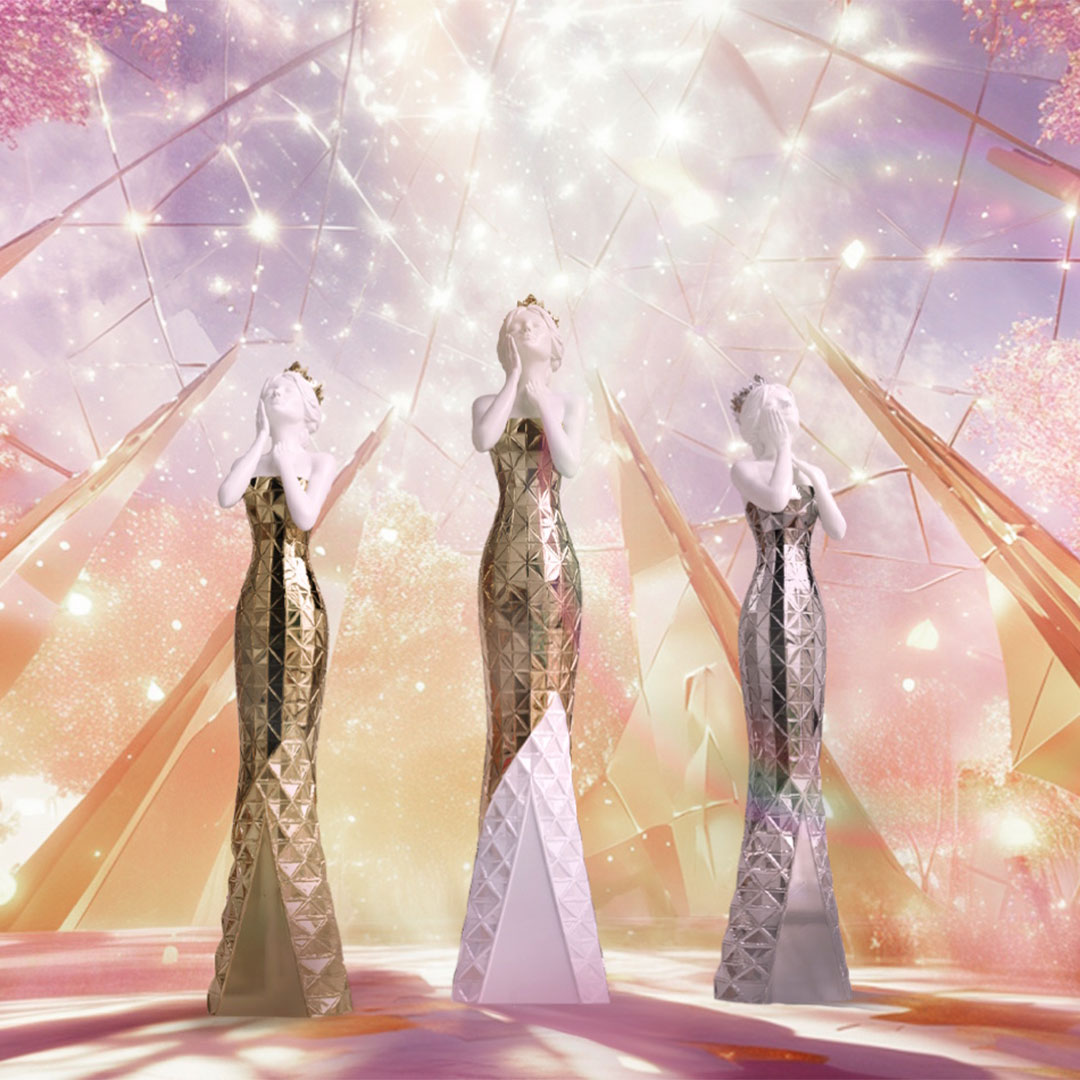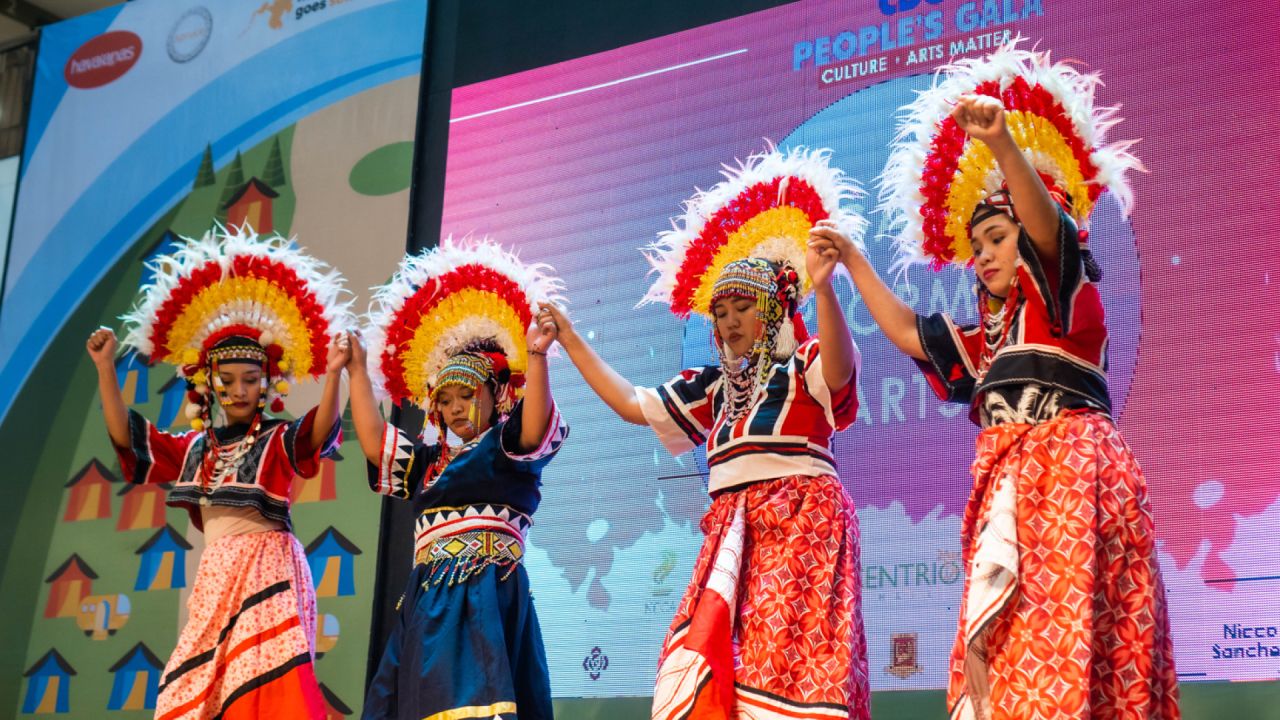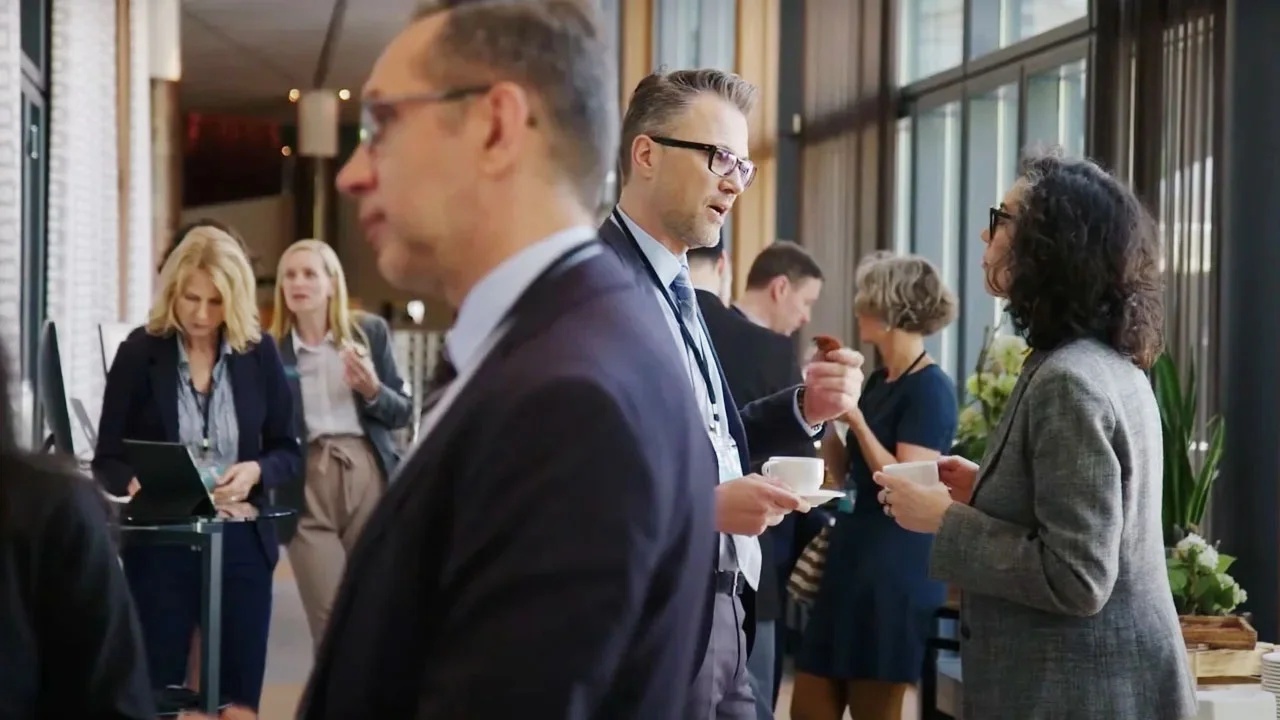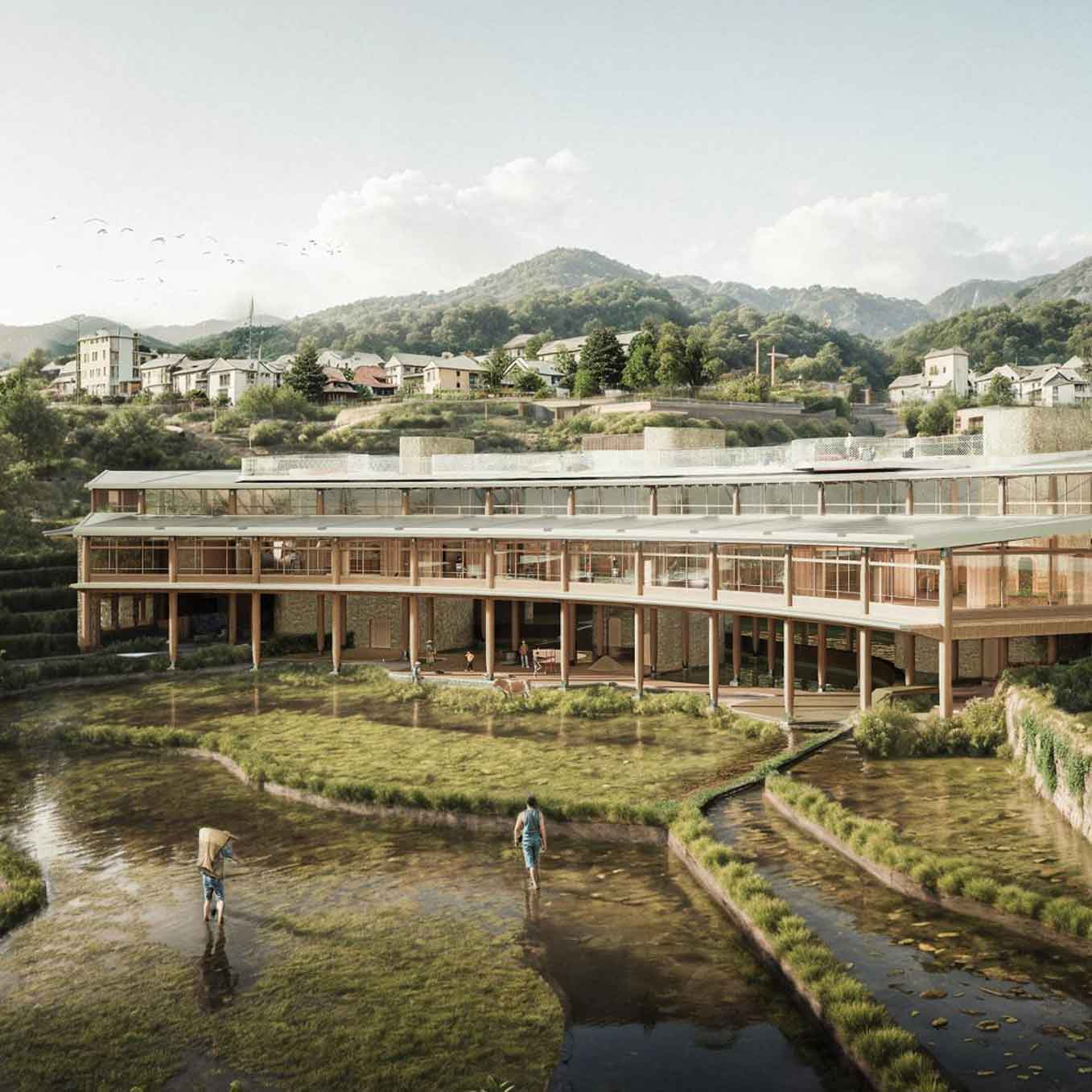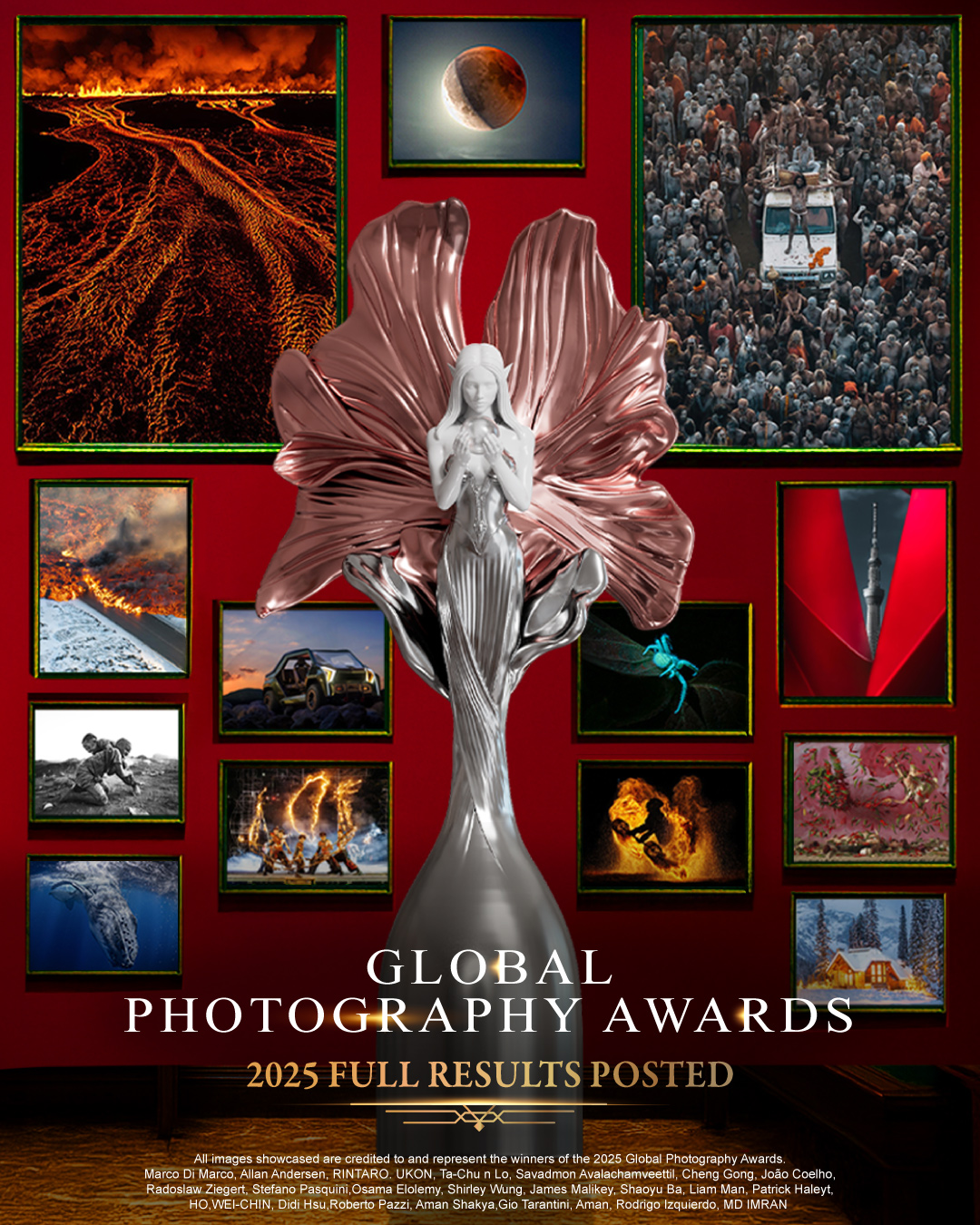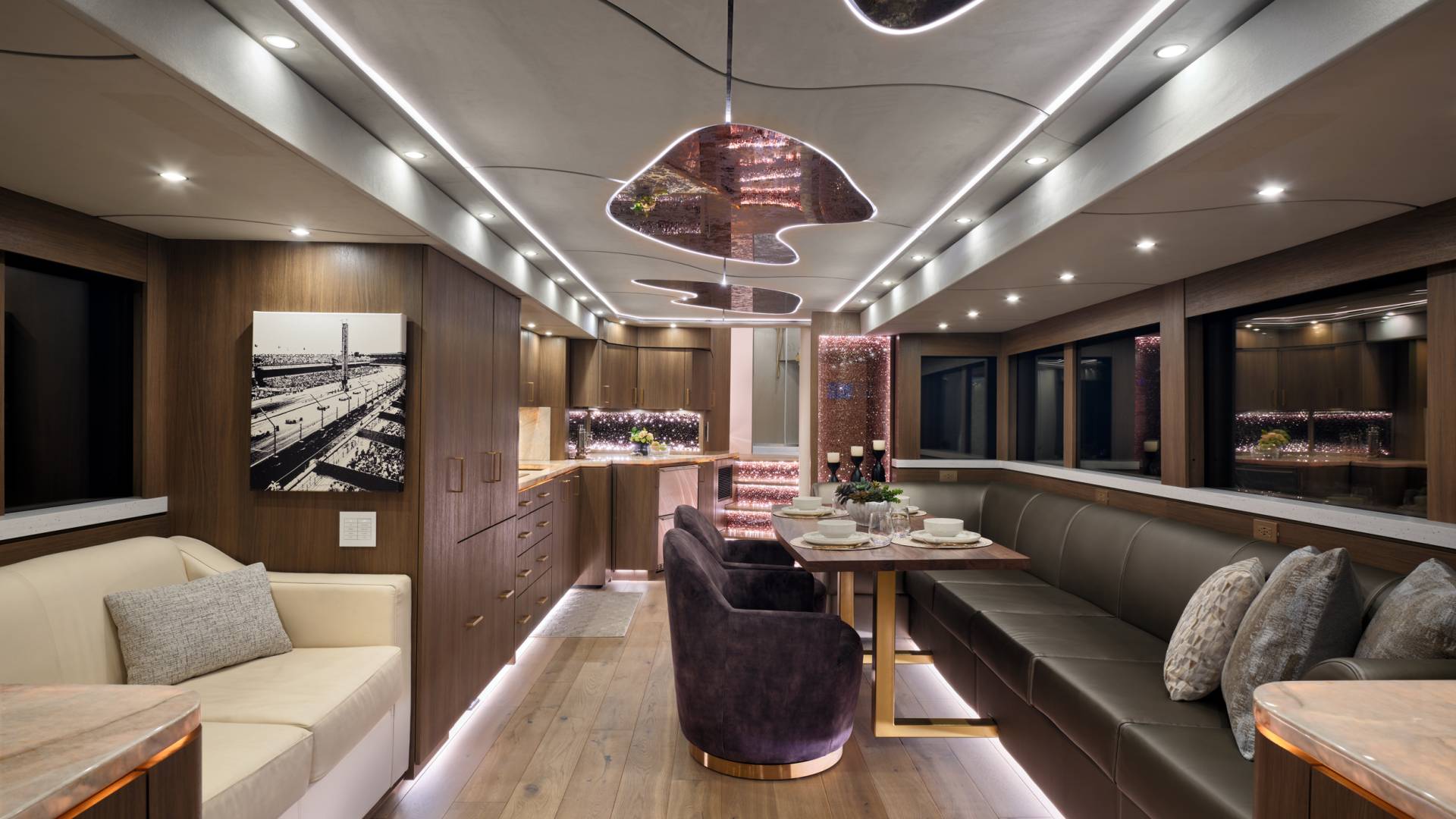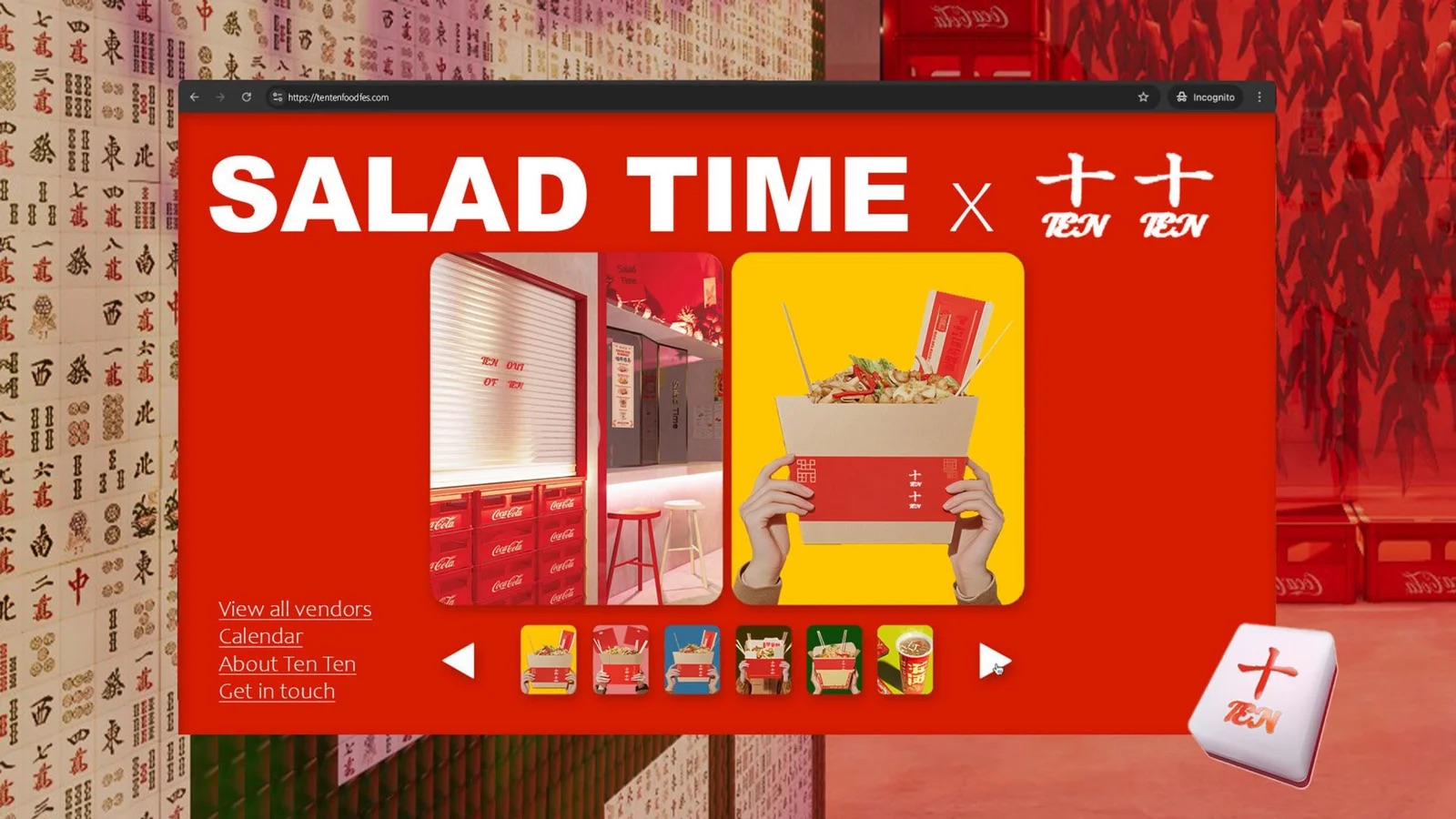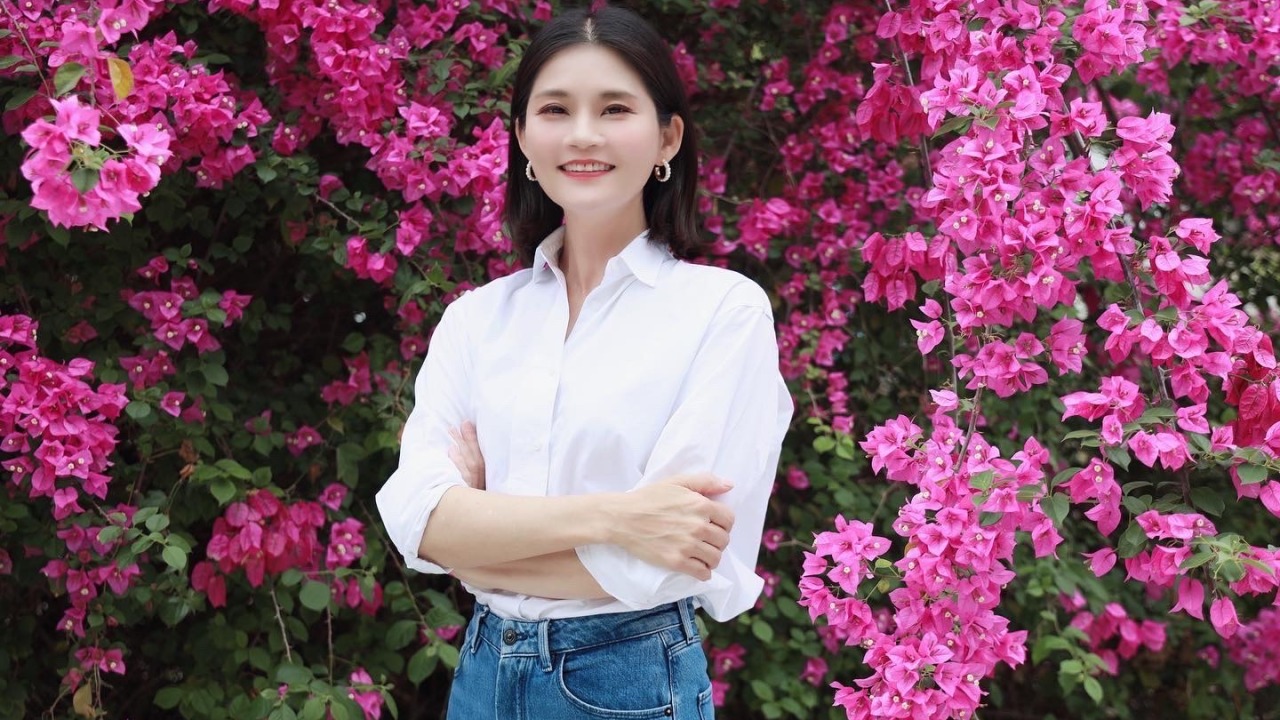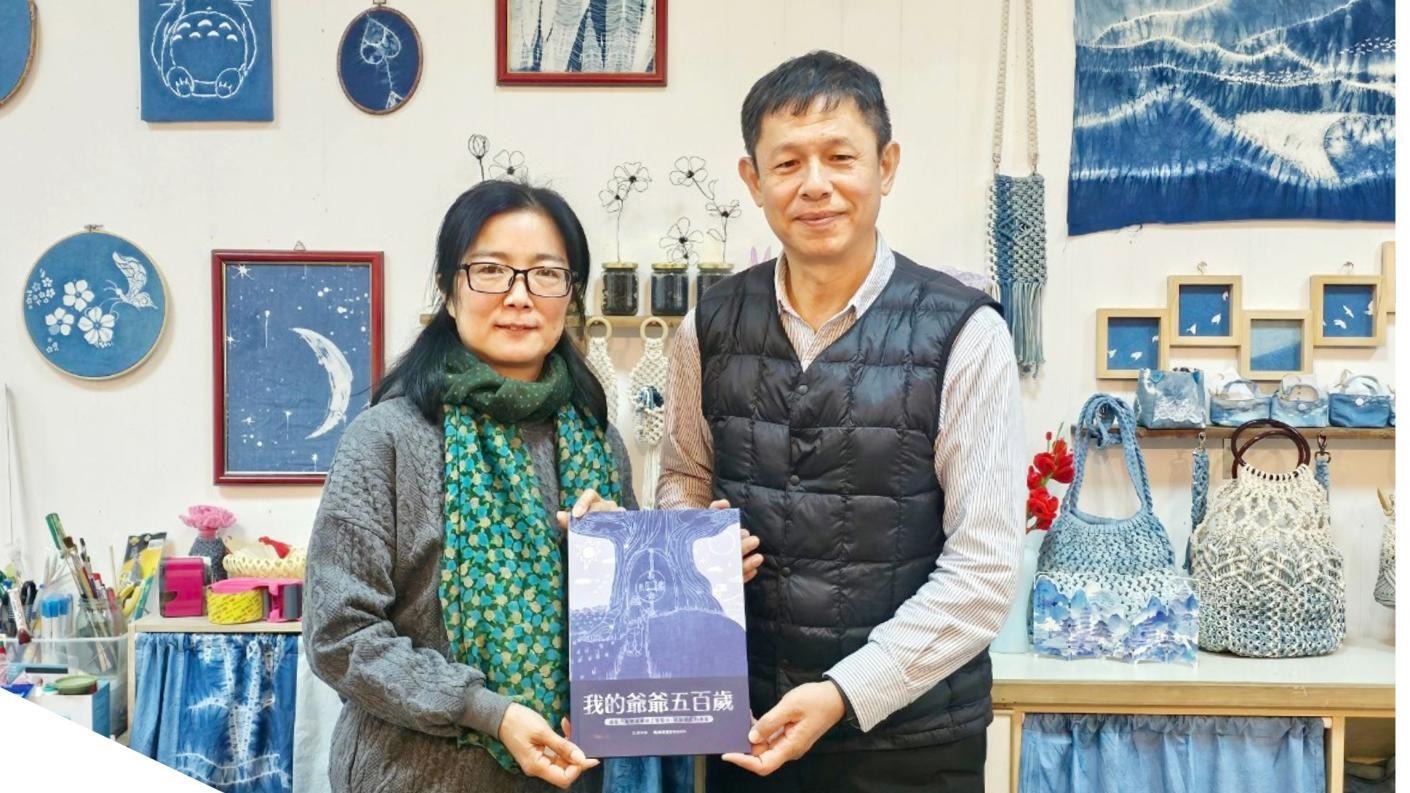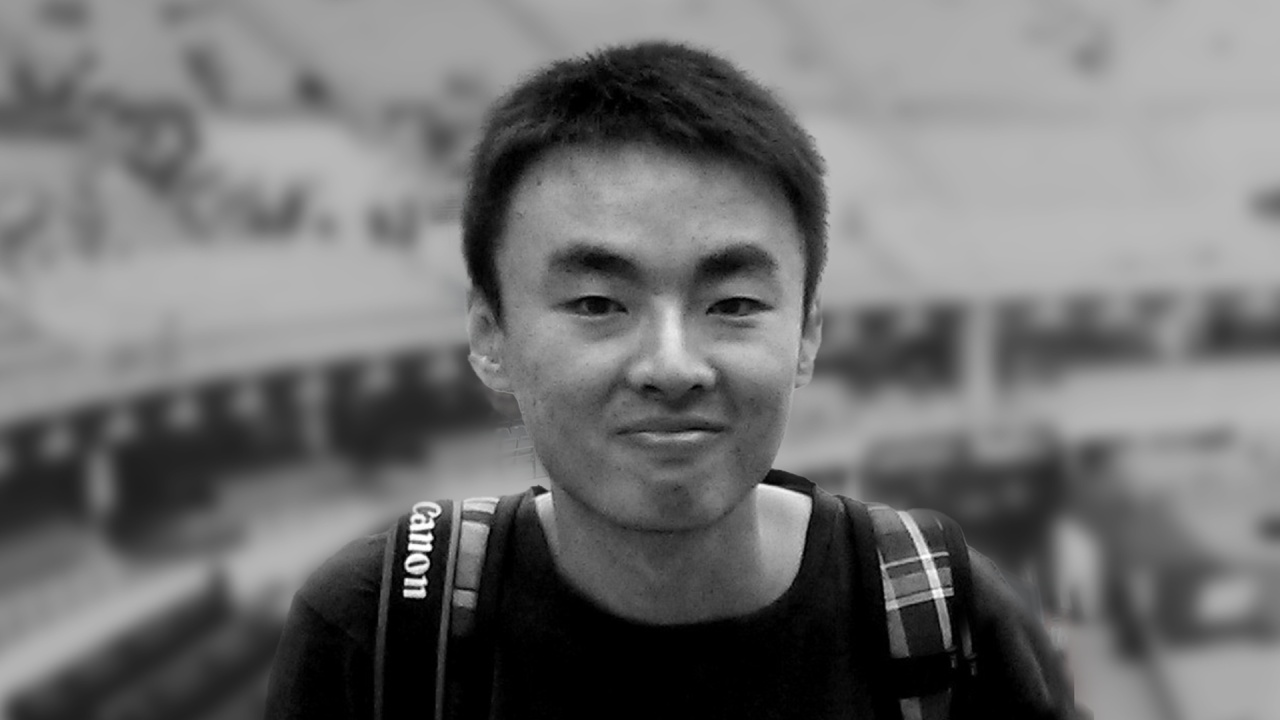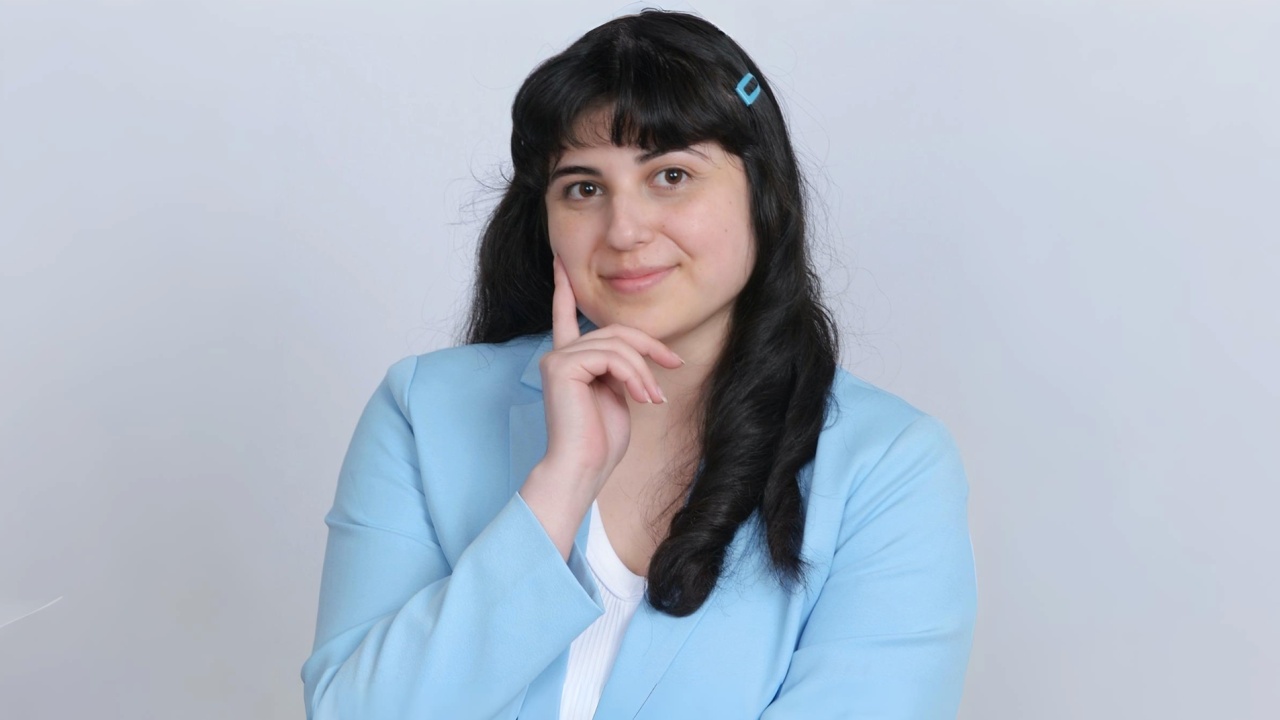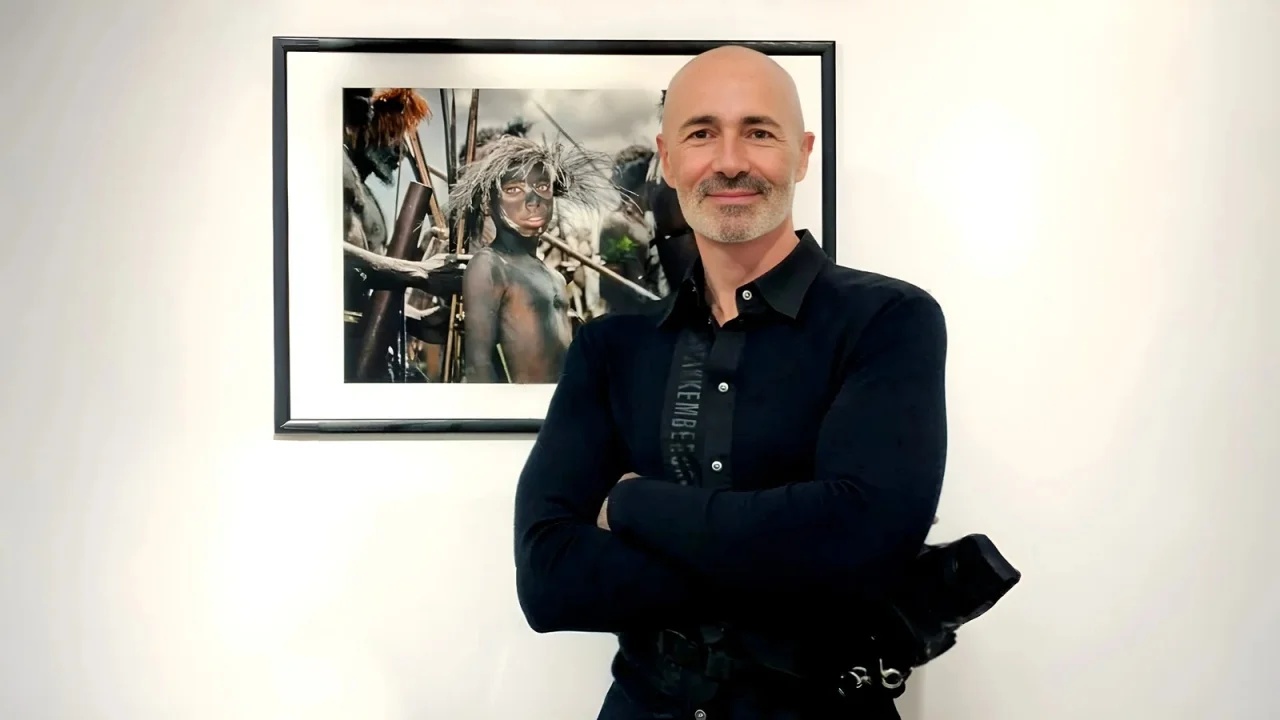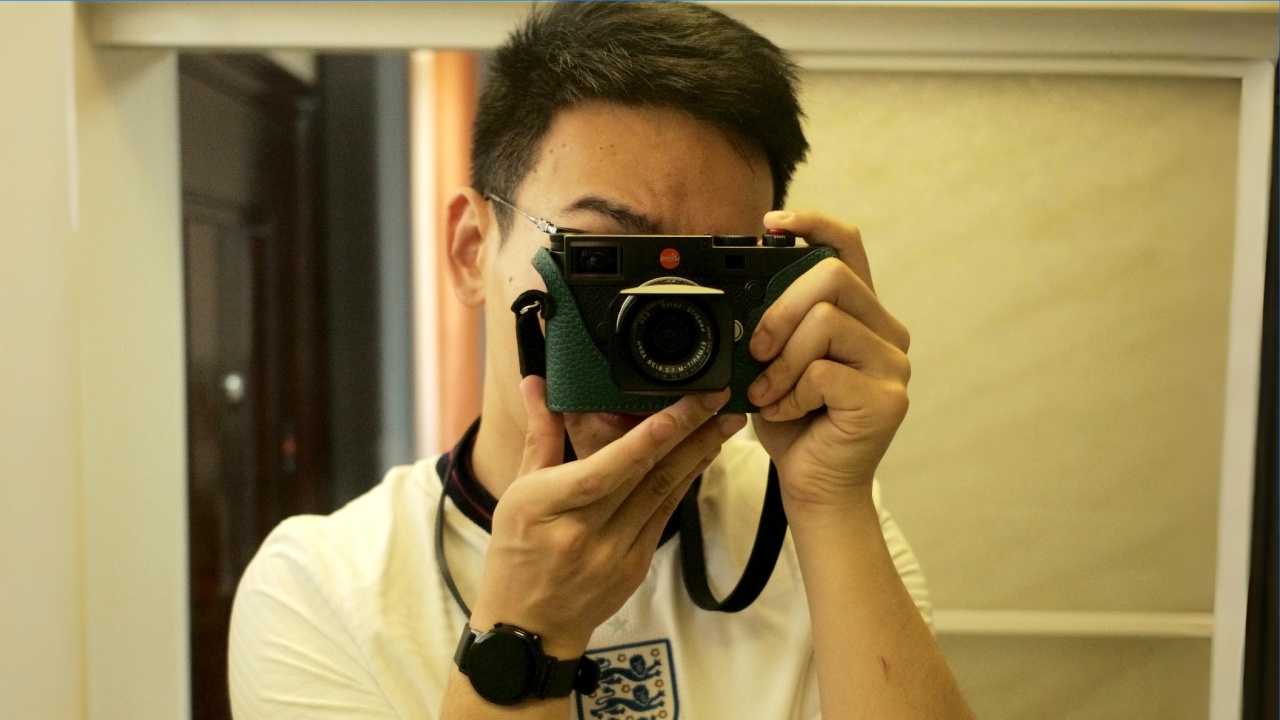Fields of Thought: Chih-Hua Wang’s Journey Through Renewal and Design
Chih-Hua Wang
Chih-Hua Wang shares that inspiration can emerge from the quiet resilience of the land, where Yunlin’s fallow fields reveal the beauty of regeneration and new beginnings.
Yunlin County - A fertile ground for culture, sustainability, and community empowerment.
Under the leadership of County Magistrate Chang Li-Shan, Yunlin has embraced the limitless possibilities of government and communities working hand in hand. With the efforts of the Department of Cultural Affairs and Tourism, community empowerment has been embedded into Yunlin’s streets and neighbourhoods, allowing cultural and humanistic vitality to flourish once again.
Beyond its rich historical and cultural resources, Yunlin is reimagining its future through the lens of sustainable development and modern governance, transforming into one of Taiwan’s most vibrant counties—a place where young people are encouraged to return, engage, and pursue their dreams.
Director Chen Pi-Chun of the Department of Cultural Affairs and Tourism shares: “Yunlin is one of Taiwan’s key agricultural counties, blessed with profound cultural heritage and scenic landscapes. It represents one of the most authentically rural regions in the country. Since Magistrate Chang took office, we have encouraged every department to apply its expertise, creativity, and vision to propel Yunlin toward sustainable development.”
Over the years, Yunlin has cultivated a spirit of holistic community building. With the guidance of Asia University, the county has connected NGOs, community groups, and young innovators across its 20 townships, leading to the creation of its own community development brand—“Xiàng-Ái-Lài” (Inside the Alley)—and the publication of a comprehensive casebook. This work not only documents achievements but also serves as a platform for preserving and promoting local knowledge.
The casebook highlights diverse themes such as age-friendly initiatives, craftsmanship and the arts, cultural and religious heritage, and education. It stands as a testament to Yunlin’s commitment to sustainability and to advancing hand in hand with its communities. Through these collective efforts, Yunlin’s rural villages are being redefined—not only as places of cultural and ecological value, but also as dynamic spaces where younger generations can confidently return to live, innovate, and thrive.
Being recognised by the French Design Awards is more than an honour—it is an affirmation from the international community of Yunlin’s commitment to cultural creativity and sustainable development. This recognition highlights the value of local governance and community co-creation, and being seen on the global design stage strengthens our confidence to continue promoting our core values of “local culture,” “sustainability,” and “youth returning home.”
This award has given international recognition to our team’s efforts and vision, elevating the visibility of the county government and local communities.
Since winning, we have gained more opportunities for cross-border design exchange and attracted young designers and NGOs to participate in co-creation initiatives. At the same time, local industries have received greater media and market attention, laying a solid foundation for future collaborations and growth.
Experimentation is an essential part of driving community design and sustainability. For instance, in creating the “Xiàng-Ái-Lài” (Inside the Alley) brand, we continually tested cross-disciplinary collaborations by blending traditional craftsmanship with contemporary art performances. Through experimenting with diverse materials, mediums, and formats, we gauged community acceptance and discovered the most resonant way to connect traditional culture with modern audiences.
One of the most unusual sources of inspiration came from observing fallow farmlands. What may seem barren is actually filled with the power of renewal and cycles of life. We translated this imagery of “rest and regeneration” into design concepts, reminding people that design is not only about aesthetics but also about pause, reflection, and new beginnings.
We wish more people understood that design is not a one-time outcome but an iterative process of dialogue, revision, and collaboration. Good design requires listening, time, and collective participation across generations and disciplines to truly realise social value.
We see design as a “dialogue” rather than a “compromise.” Before meeting client demands, we strive to understand their core values and true needs. Through professional judgment and creative proposals, we show clients the broader social and cultural significance behind the design. This process allows us to uphold our principles while building mutual trust.
The greatest challenge was building consensus among multiple departments and communities within limited resources. We overcame this by organising numerous workshops and field visits, inviting residents, craftsmen, and youth to join discussions so everyone could find their role in the design. Though time-consuming, this participatory process ultimately garnered broader recognition and support.
When facing a creative block, we return to the land itself. Walking through fields, old streets, or temple courtyards and engaging in conversations with locals often sparks fresh ideas. Real-life experiences are far more inspiring than any book or online reference.
The design philosophy of Yunlin is deeply rooted in affection for the land and a profound sense of belonging, with “returning home” and “reconnecting with one’s origins” at its core. It transforms the cultural wisdom and craftsmanship passed down from elders into contemporary expressions, allowing design to embody both historical memory and modern value.
Design is understood as a co-creative process shaped through collaboration among partners, communities, and generations, resulting in outcomes that transcend time and space. At the same time, everyday practices of sustainability are woven into the process, reflecting respect for nature, agriculture, and resources.
Most importantly, design embodies humanistic care—embracing age-friendliness and inclusivity—to create an environment where all generations can live, work, and flourish with peace of mind.
Stay rooted in care for the land and people, and be courageous in learning across disciplines. Design is not only a technical profession but also a responsibility and social practice. When design addresses real challenges and remains deeply connected to culture and environment, success will naturally follow.
We would love to collaborate with Japanese architect Shigeru Ban. His dedication to humanitarian relief, sustainable materials, and social responsibility resonates strongly with our community design philosophy. Through such collaboration, we believe we could further explore innovative possibilities where local culture and global issues intersect.
If someone were to ask me why the connection to the land is so important in our design philosophy, I would say that the land is the foundation of culture and everyday life. Only by starting from the memory of the land and one’s hometown can one truly design and express local identity and value, rather than being limited to innovation in form alone.
When it comes to practising sustainability, I hope people understand that it is not only about choosing eco-friendly materials. More importantly, it means embedding respect for resources and minimising waste throughout the entire process—from design thinking to production to use—so that sustainability becomes part of daily life.
As for the role of a designer in community co-creation, I believe we are not just creators but also “connectors” and “translators.” Our task is to integrate perspectives across generations, communities, and disciplines, and to transform these diverse voices into results that are both holistic and sustainable.
Winning Entry
Read more about The Story Within the Space: A Conversation with Min Jun Liao here.
ADVERTISEMENT
